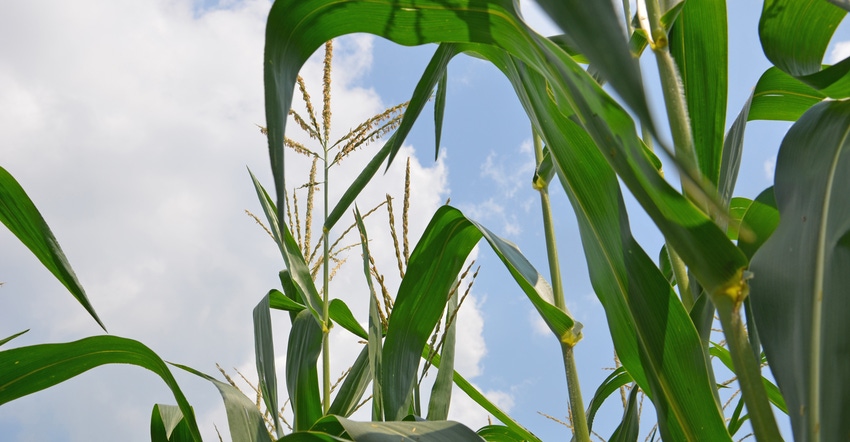August 30, 2021

The time to choose which corn hybrids to plant next year is now. Selecting the right hybrids for your farm is one of the most important decisions you will make for next year.
No other input that you can control — whether fertilizers, herbicides, insecticides or fungicides — is as important as selecting the right hybrid genetics for your operation. So, how do you go about deciding which corn hybrids to plant for 2022?
Keep the following 10 points in mind while making your selections:
1. Start with full-season hybrids. Full-season hybrids for your area have the highest yield potential because they can fully utilize the growing season. My recommendation is that you should plant 60% of your corn acres with full-season hybrids, 20% with medium-maturity hybrids and 20% with early-maturity hybrids to maximize yield potential.
2. Stay abreast of new genetics. To make sure you keep up with new genetics and still plant what works best on your farms, replace the bottom third performers with new hybrids recommended by your sales rep.
3. Book seed early. The best selection of hybrids and price discounts from seed companies are available in the fall. You always have the option of changing your seed orders after harvest, but if you reserve your seed early, you have the best chance of getting what you need.
4. Adjust if you don’t have a dryer. Do you need to field-dry and take grain to the elevator? If you don’t have a dryer, you want to make sure you can plant early and grow earlier-maturity hybrids for your area rather than mostly fuller-season hybrids as suggested earlier.
5. Spread pollen shed window. Plant hybrid pairs that differ in pollen shed by two to three days to extend the pollination period in case it gets extremely hot at that time. Your seed rep can supply that information.
6. Consider disease resistance. Ask your seed dealer about the resistance of hybrids to the fungal leaf diseases or other pathogens prevalent in your area, such as northern corn leaf blight and gray leaf spot. Be aware that new diseases like tar spot are showing up most years in Indiana, Illinois and other states.
7. Decide about GMO hybrids. Are you going to use hybrids with traits that offer resistance to certain herbicides or insects? Bells and whistles can be expensive, so buy seed with only the traits needed in your area.
8. Start with base genetics. Base genetics of a hybrid is the most important part of the hybrid. First select the type of hybrid that does well on your farm.
9. Talk about traits. Nail down the genetics first; then ask your seed rep which traits you need in that type of base genetics, if available.
10. Connect with your seed rep early. The process for hybrid selection is not easy if you do it right, but it is needed. Your seed rep should be very helpful. Contact him or her now, because the best hybrids sell out first! Let’s hope for a great finish to the 2021 growing season and an even better 2022 season.
Nanda is director of genetics for Seed Genetics Direct, Jeffersonville, Ohio. Email him at [email protected] or call 317-910-9876. If there is no answer, please leave a message.
About the Author(s)
You May Also Like






